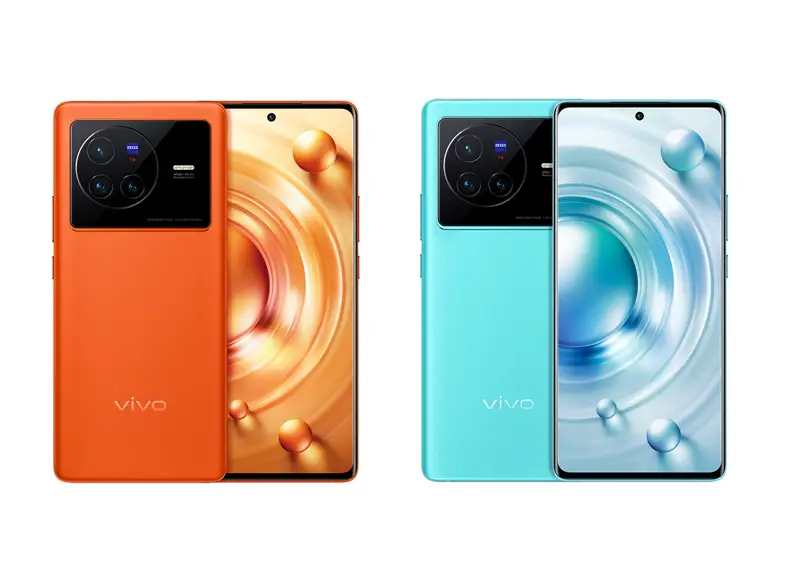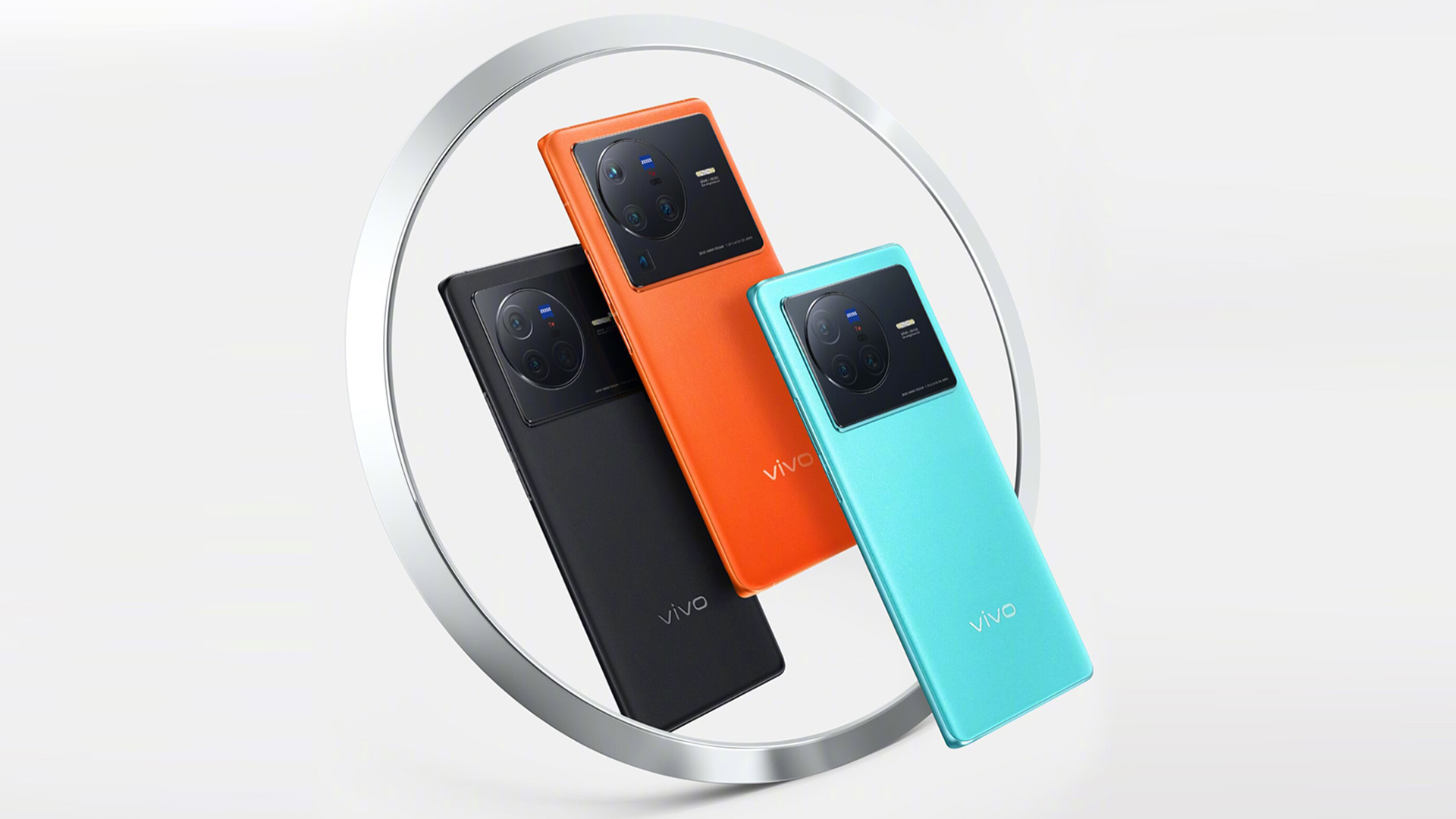The Vivo X80 Pro is the company’s latest flagship device, and its most distinguishing new hardware feature is a bigger in-display fingerprint sensor. Active area is considerably larger than the tiny sensors on most Android phones nowadays, making it simpler to unlock the phone without looking at the screen to line up your thumb.
Vivo X80 Pro: Specs, price, and release date
The screen scanner has a number of advantages beyond its physical size. Instead of lifting and pressing each fingertip several times as with ordinary phones, you can register them all in one go on the screen with a single push. It works swiftly, even if your hands are wet or the screen is wet. The larger surface area allows you to utilize two simultaneous fingerprints for an extra layer of authentication.

The Qualcomm-developed “3D Ultrasonic Large Fingerprint Sensor” is called “3D Sonic Max” by the company, and it has been promoted in a recent phone from Vivo’s gaming-focused sub-brand iQOO. The Vivo X80 Pro is the most widespread implementation of this technology thus far.
Vivo, as a manufacturer, has taken the lead in popularizing in-display fingerprint readers by bringing the world’s first production phone with an integrated sensor. Vivo has previously developed large scanning surfaces in its “Apex” concept phones, including a “full-display” model in its 2019 line, but the Vivo X80 Pro is one of the first commercial gadgets to offer a module that’s larger than your thumb.
Vivo first unveiled the X80 and X80 Pro in China on 25 April. Both phones are on sale there now.
Google’s DeepMind says it is on the verge of achieving human-level intelligence
Camera of Vivo X80 Pro
Vivo’s smartphone imaging capabilities are becoming well-known these days, and it’s a major area of emphasis with the Vivo X80 Pro. The camera hardware from Vivo is comparable to what we saw on last year’s X70 Pro Plus, although no such device has been announced for the X80 Pro. There’s a 50-megapixel main sensor, a 48-megapixel ultrawide lens, a 12-megapixel 2x telephoto lens, and an 8-megapixel 5x periscope telephoto in there. The 2x lens now employs Vivo’s gimbal-style optical stabilization instead of the traditional mechanical solution.





